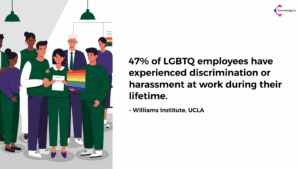
Why Visibility Alone Doesn’t Build Inclusive Culture
Pride Month brings visibility—but inclusion isn’t seasonal.
Rainbow logos aren’t strategy. Events aren’t equity.
If employees only feel seen once a year, your culture has a gap.
“Celebrating identity is a good start—but employees want workplaces where they can contribute fully and feel safe doing so.”
LGBTQ+ Workplace Inclusion Stats You Can’t Ignore
- 47% of LGBTQ employees have experienced discrimination or harassment at work
- 34% have left a job because the work environment didn’t accept them
- 50% aren’t out to their supervisors
— Williams Institute, UCLA & Catalyst
🔗 Sources | Catalyst
These numbers reflect more than bias—they point to missed retention and trust-building opportunities.
How to Build Inclusive Workplace Culture Year-Round
✅ Normalize LGBTQ+ inclusion beyond June
Include lived experiences in leadership stories, onboarding, and team rituals.
✅ Train leaders to create safety, not just compliance
Can your managers navigate discomfort, feedback, or identity-based harm?
✅ Audit inclusive benefits and communication access
Is information accessible, clear, and visible to every employee?
Make Pride a Business Value, Not a Campaign
Ask yourself:
🧠 “What signals are we sending about who belongs—when it’s not Pride Month?”
Want help building year-round culture strategy?
Check out join the Diversiology Community







